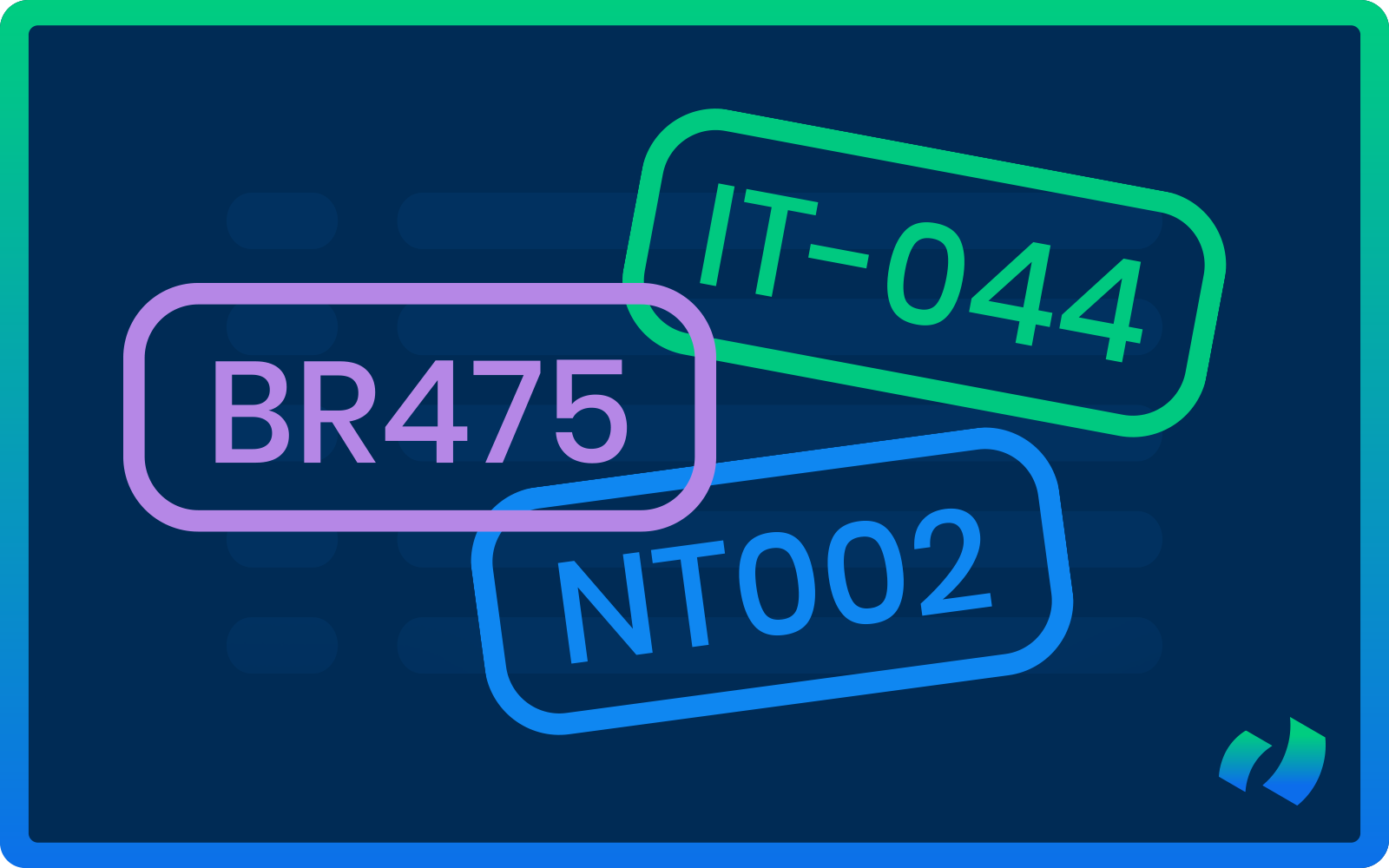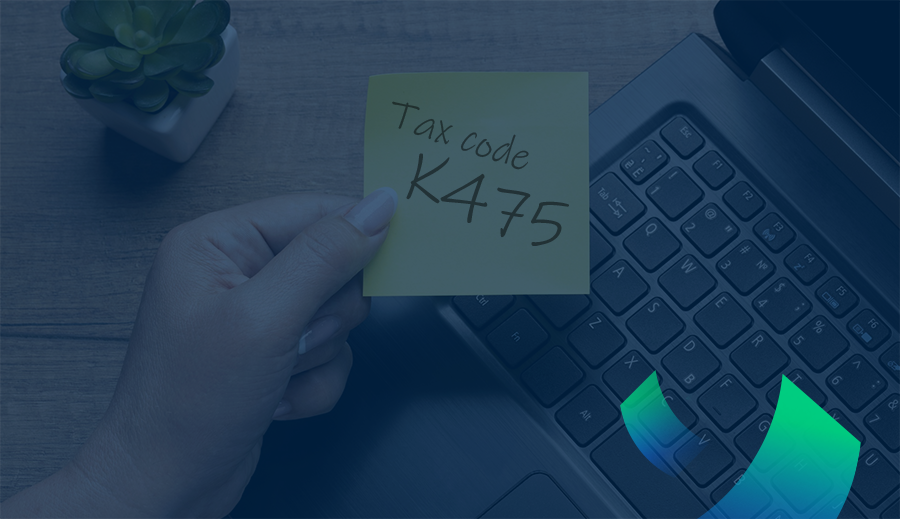When you think of accounts payable, the first thing that probably comes to mind is processing payments, making sure that the bills get paid on time, that vendors are kept happy, and that the lights stay on. But behind the scenes, much more happens to ensure that every expense is accurately recorded.
One of the most important, yet often overlooked aspects of accounts payable process is invoice coding.
While it might sound technical, it’s essentially about keeping things in order. It involves making sure that the money flowing out of the company is correctly allocated to the right categories, projects, departments, and even tax codes, so that when you review the financial statements, you’re seeing an accurate picture of where the money is going.
Let’s dive into what invoice coding is, why it matters, and how it can simplify the management of a company’s finances.
What is Invoice Coding?
When a vendor sends you an invoice – whether for office supplies or a contractor’s services – that invoice lists the items or services provided along with their costs. But before you can pay that invoice, you need to tell your accounting system exactly where to “file” those expenses.
Invoice coding involves assigning a unique set of codes to each line item on the invoice. These codes are typically tied to specific categories within your company’s chart of accounts, which is essentially a master list of all the places where your company spends and earns money. The codes help you break down expenses in a way that makes sense for your business.
Think of it as giving each dollar you spend a clear and specific “address” within your company’s financial system. For instance, you might assign one code to office supplies, another to travel expenses, and yet another to a specific project or department. Each code adds another layer of information, helping you track expenses down to the last detail.
The beauty of invoice coding is that it creates a clear, organized record of every dollar spent. When you generate a financial report, those coded expenses appear in the right places, providing you with a detailed view of your spending. This is incredibly helpful for budgeting, forecasting, and even during audits when you need to show exactly how and where your money was spent.
Breaking Down the Essentials of Invoice Coding
Now that we have a general understanding of what invoice coding is, let’s take a closer look at some of its key components and why they are important.
- General Ledger
- Cost Centers
- Projects and Job Codes
- Tax Codes
- Approval Workflow
General Ledger (GL) Accounts: The Backbone of Your Financial Records
General ledger (GL) accounts form the foundation of your financial reporting. For example, an office might have separate GL accounts for office supplies, utilities, and travel expenses. Each expense is categorized into one of these accounts, directly impacting how your financial statements – like your income statement and balance sheet – are presented.
Why is this important? If you miscode an expense, it can distort your entire financial picture. For instance, accidentally coding a significant marketing expense under office supplies could make your marketing spend appear much lower than it actually is. Accurate coding ensures that every expense is properly reflected, giving you a clear view of where your money is going.
Cost Centers: Keeping Track of Departmental Spending
Cost centers are like individual pockets within your company where money is spent but not directly earned. These could be specific departments like marketing, IT, or HR, or even smaller teams within those departments. By assigning invoices to the correct cost center, you give managers a clear view of how much their department is spending.
Let’s say the IT department is consistently going over budget. With proper cost center coding, the finance team can easily identify this trend and take steps to address it, whether by re-evaluating the budget or finding ways to cut costs. Without this level of detail, managing spending effectively becomes much harder.
Projects and Job Codes: Tracking Project-Specific Costs
In businesses where work is done on a project basis, it’s vital to know exactly how much each project is costing. That’s where project codes and job codes come in. These codes allow you to assign expenses directly to a specific project, giving you a clear view of project profitability.
For example, if you’re running a construction company and working on multiple projects simultaneously, each project has its own budget and expenses. By coding each invoice to the right project, you can easily track how much you’re spending on labor, materials, and other costs for each job. This helps you determine whether you’re staying within budget or if you need to adjust your pricing or spending to maintain profitability.
Tax Codes: Navigating the Complexities of Tax Compliance
Tax codes are another crucial element of invoice coding, especially if your company deals with different tax rates or operates in multiple jurisdictions. Proper tax coding ensures that you’re charging or paying the correct amount of tax on each invoice.
Taxes can become complicated quickly, particularly when different products or services are taxed at different rates or when dealing with cross-border transactions.
Incorrect tax coding can lead to underpayment or overpayment of taxes – both of which can cause serious issues. Underpayment might result in penalties, while overpayment means you’re giving away money that could be reinvested in your business. Correct tax coding simplifies tax reporting and makes tax accounting season much less stressful.
Approval Workflow: Ensuring Accountability and Proper Authorization
Invoice coding isn’t just about numbers – it’s also about ensuring that the right people are signing off on expenses.
When an invoice is coded, it often determines who needs to review and approve the payment. This approval workflow is essential for maintaining accountability and ensuring that all expenses are properly authorized before the money leaves the company’s bank account.
For example, if an invoice is coded to a high-value GL account or a specific cost center, it might need approval from a senior manager. This process helps prevent unauthorized or inappropriate spending and ensures that all expenditures align with the company’s financial policies.
Common Challenges in Invoice Coding
While invoice coding is an important part of managing a company’s finances, it’s not without its challenges. Whether you’re dealing with a small business or a large corporation, these common issues can arise, making the process more complicated and time-consuming than necessary.
Here’s a closer look at some of the most frequent hurdles that accounts payable teams face in invoice coding.
- Data Entry Errors
- Inconsistent Coding
- Complex Invoices
- Changing Regulations
- Volume of Invoices
- Lack of Training and Awareness
1) Data Entry Errors
One of the most common challenges in invoice coding is human error, especially when coding is done manually.
Imagine sorting through a stack of invoices, each with multiple line items, and then manually entering the appropriate codes into your system. It’s easy to see how mistakes can happen – you might mistype a GL account number, choose the wrong cost center, or accidentally skip a line item altogether.
These errors might seem small at first, but they can lead to significant issues down the road, such as incorrect financial statements, overpayments, or underpayments. Correcting these errors later can be time-consuming and costly.
2) Inconsistent Coding
Inconsistent coding is another major challenge, particularly in larger organizations where multiple people or departments are involved in the accounts payable process.
If different teams code similar expenses differently – such as one team coding a software purchase under “IT expenses” while another codes it under “Office supplies” – it creates inconsistencies that can make it difficult to get a clear, accurate picture of your finances. This lack of uniformity can lead to confusion during financial analysis, complicate audits, and make it harder to manage budgets effectively.
3) Complex Invoices
Some invoices are straightforward – a single item, a single code, and you’re done. However, more often than not, invoices are more complex, especially for companies dealing with a variety of goods and services.
An invoice might include dozens of line items, each needing to be coded differently. For example, an invoice from a vendor might include charges for consulting services, software licenses, and office supplies, all of which need to be coded to different GL accounts and cost centers. The more complex the invoice, the greater the chance for mistakes or delays, as careful attention to detail is required to ensure everything is coded correctly.
4) Changing Regulations
Tax codes and accounting standards aren’t static, they change over time, sometimes frequently. Keeping up with these changes can be challenging, especially if your company operates in multiple jurisdictions with different tax laws.
If you’re not up to date on the latest regulations, it’s easy to apply the wrong tax code to an invoice, which can lead to compliance issues, penalties, or missed opportunities for tax deductions. Staying compliant requires constant vigilance and regular updates to your coding practices and software.
5) Volume of Invoices
As a business grows, so does the volume of invoices it has to process. What might have been a manageable task for a small team can quickly become overwhelming as the number of invoices increases.
High volumes can lead to bottlenecks, where invoices pile up waiting to be coded and approved. This can cause payment delays, strain relationships with vendors, and potentially lead to missed discounts or late fees. Managing a large volume of invoices requires robust systems and processes to ensure that nothing falls through the cracks.
6) Lack of Training and Awareness
Not everyone involved in the invoice coding process may fully understand the importance of getting it right. Without proper training, employees might not know which codes to use.
A lack of training can lead to inconsistent coding, errors, and inefficiencies, all of which add up to bigger problems down the line. Ensuring that everyone involved in the process has the necessary knowledge and tools is key to overcoming this challenge.
How DOKKA’s AI Solves Invoice Coding Challenges
DOKKA is a comprehensive accounts payable automation solution that streamlines the invoice coding process and addresses the challenges mentioned above. By leveraging advanced artificial intelligence and machine learning, DOKKA can accurately code invoices in seconds, eliminating data entry errors and reducing processing times.
- Data Accuracy
DOKKA significantly reduces human error by automating data extraction and coding processes. Its intelligent algorithms read invoices and extract important information with high accuracy, ensuring that all codes are correctly assigned.
- Consistent Coding
DOKKA uses predefined rules to ensure consistent coding, regardless of who is responsible. This uniformity improves financial reporting accuracy. Additionally, DOKKA allows users to set up custom rules tailored to their specific business needs.
- Intelligent Data Capture
DOKKA’s advanced data capture technology handles complex invoices with multiple line items, accurately extracting all relevant data and assigning the appropriate codes. This simplifies the process for businesses dealing with high invoice volumes and significantly reduces processing times.
- Compliance
Staying compliant with changing regulations is crucial. DOKKA stays up-to-date on tax codes and accounting standards, automatically applying them to invoices to ensure full compliance.
- Scalability
DOKKA’s automated AP solution is highly scalable, making it suitable for businesses of all sizes. As your business grows, DOKKA can handle an increasing volume of invoices without sacrificing accuracy or efficiency.
- User-Friendly Interface and Training
DOKKA features a user-friendly interface that is easy to use, even without extensive training. However, DOKKA also offers training and support to ensure that everyone involved in the accounts payable process can use the system effectively.
Want to learn more about how DOKKA can help your business overcome invoice coding challenges? Contact us today to schedule a demo.







